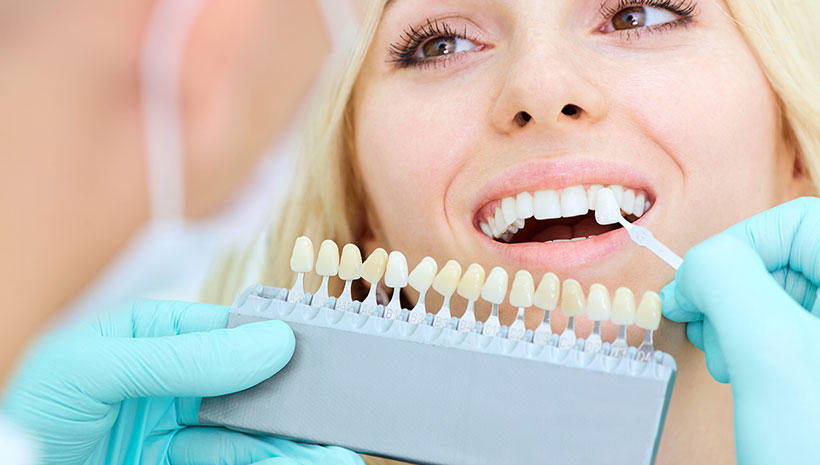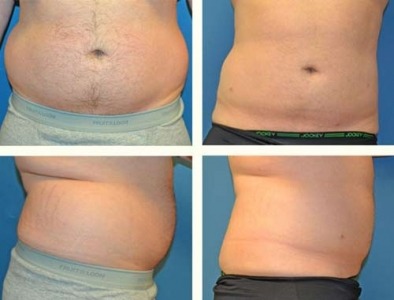
If you'd like to improve your breast size and shape, you should consider getting a breast lift and augmentation procedure. This procedure can be done on an outpatient basis. You must arrange transportation to and fro your appointment and overnight care. This article will cover the procedures that are involved in breast augmentation and lift surgery.
Breast Lift Procedures
Breast lift and breast augmentation can improve the overall appearance of your breasts. These procedures use various techniques and incision patterns to reposition the breast tissue and lift the nipple. Your surgeon will also use medications to make the procedure as comfortable as possible. During the procedure, your surgeon will lift and tighten the underlying breast tissue, repositioning the nipple and reshaping the areola. Expect a tiny scar.
Before the procedure you need to ensure you're healthy and free of any active disease. It is also a good idea to discuss any medical history you have with your surgeon. Discuss with your surgeon all medications, especially those that have an impact on the quality or color of your skin. Smoking interferes in the healing process and can lead to complications. You should quit smoking before having surgery. It is important to plan ahead for the care and welfare of your pets and children.
Procedures for breast-augmentation
A breast lift is considered a complex surgery. This involves reshaping, adjusting and expanding the skin envelope to increase breast size. It will require incisions to create a "lollipop” scar. The implants will then go through the scar, and be positioned below the pectoral muscular.

After the procedure, most patients resume their daily activities a few days afterward. Some people may experience temporary bruising. To ease the discomfort, they may be prescribed pain medication. Others may feel some tingling and numbness in the breasts. This is normal and will subside over time. Women may be able, in some cases, to resume exercise after breast lift or augmentation. It is advised that women wear a sports bra for extra support and protection while they sleep during this period.
Recovery time for breast lift with implants
Breast lifts with implants take between four and six months to heal. Patients can expect swelling and bruises during this time. For a few months, they may turn pink or red. They might feel tight around the chest. For at least two weeks after the surgery, it will be recommended that you not do any strenuous exercise or bend. During this time, you should avoid heavy lifting and taking baths.
The recovery time for a breast lift with implants varies according to the type of procedure performed, patient's pain tolerance, and the body's healing response. Patients who have undergone multiple procedures might experience a longer recovery.
Breast augmentation: Preoperative tests
Your doctor might recommend that you have a series pre-operative tests before you go underwent breast augmentation. One of these is the complete blood count. This test will assess your red blood cells' quality and quantity. This test helps determine your risk for infection and can also detect any blood-clotting disorders. Additional pre-operative tests include a baseline Mammogram and xrays of your breasts.
A blood test may be performed by your surgeon to determine if you are pregnant or iron deficient. These tests are done at a plastic surgeon center before the surgery. To reduce the risk of complications, it is important that you complete these tests before your procedure.

Breast lift with implants: Incision techniques
During breast augmentation and lift surgery, a surgeon usually uses one of several incision techniques. The keyhole is one of the oldest methods. This incision goes around the nipple and areola. This is used to increase firmness and lift the nipple. The incision is closed.
Another common breast augmentation incision is the transaxillary incision, which is made in the armpit fold. This incision, which is very small, can be almost undetectable once the healing process has completed. This technique is used by plastic surgeons to insert all types breast implants. This technique has a great visual clarity. This incision heals well and leaves a minimal scar. It allows surgeons better to manage acute complications.